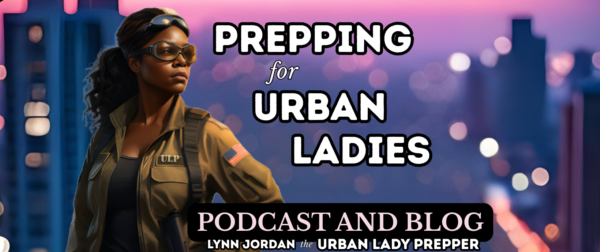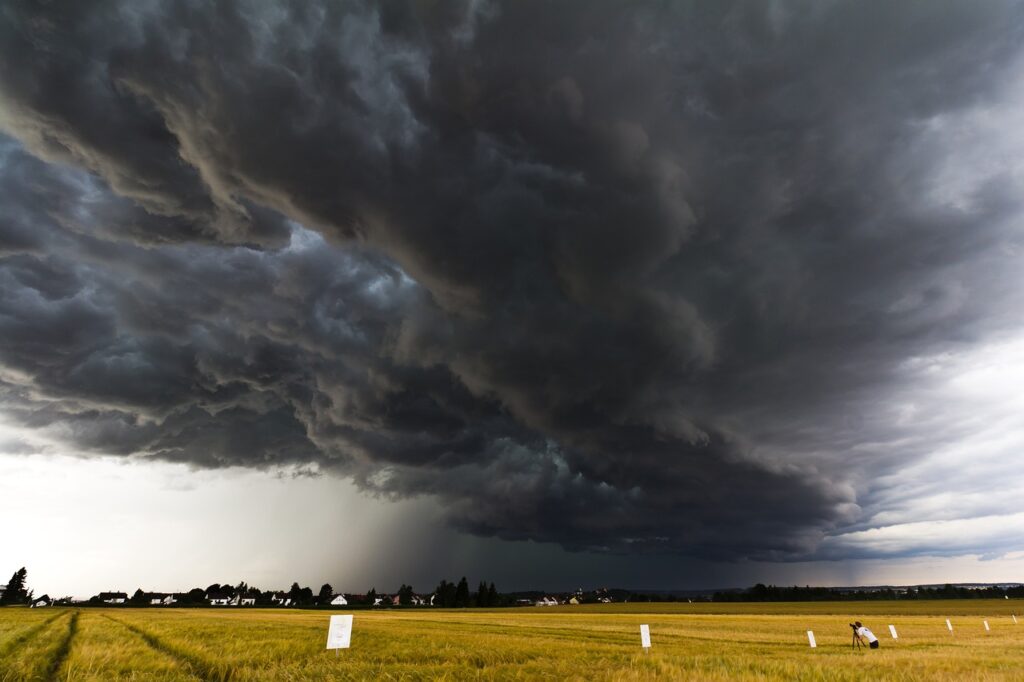September is National Preparedness Month, an annual reminder that emergencies and disasters don’t care about schedules, commutes, or single-parent juggling acts. For single women and single moms living in urban areas, getting prepared can feel overwhelming or out of reach. However, as the Urban Lady Prepper, I want to show how you can start small, stay positive, lean on community, and make the most of your resources. So let’s break prepping down into manageable, supportive steps you can take this month (or anytime).
Why National Preparedness Month Matters for Urban Single Moms & Solo Women
Life in the city moves fast, but emergencies like blackouts, fires, floods, or winter storms can bring everything screeching to a halt. National Preparedness Month, launched by FEMA in 2004, is about raising awareness and empowering everyone to be ready. For single women and moms, prepping isn’t about “doomsday,” it’s about control, confidence, and ensuring your family’s safety.
1. Build Your Urban-Ready Emergency Kit
You don’t have to buy everything at once. Start by building a basic kit and add to it as your budget and space allow. Here’s a basic checklist to guide you:
- Water (at least one gallon per person per day, for at least three days, more is better, extra if you have pets)
- Non-perishable foods (granola bars, nuts, dried fruit, canned soup)
- Flashlight and extra batteries
- Battery-powered or hand-crank radio
- First aid kit and personal medications
- Multipurpose tool and whistle
- Phone charger (solar or battery-powered)
- Copies of important documents (see below)
- Extra cash in small bills
Special urban essentials:
- Comfortable sneakers for walking, a city map, and public transit cards
- Feminine hygiene products and diapers, if you have little ones
- Kid’s comfort items (small toys, coloring books)
- Pet food, extra water and leashes if you have pets
Check out my full Urban Lady Prepper Emergency Checklist (password: StayReady) to make this even easier.

2. Create a Communication Plan
Whether you live solo or as a single parent with others in the household, communication is everything in an emergency. Here’s where to start:
- Create a list of emergency contacts: family, friends, your kid’s school, local emergency numbers
- Choose two safe meeting spots: one right outside your home, another outside your neighborhood
- If you have kids, make sure they memorize important phone numbers and know how to call 911
- Identify a backup trusted adult who could pick up your kids if you’re delayed and make sure their school has their information on file.
- Review your plan at least once a year, and practice it

3. Stay Alert and Informed—Tech Is Your Friend
Staying plugged in and staying aware will be crucial. Take advantage of these tools:
- Sign up for emergency alerts and notifications from local authorities (city or county website)
- Download a weather or emergency app that sends real-time warnings
- Follow local emergency management accounts on social media for up-to-date info
- Know where your nearest evacuation center is and keep a printed list of routes, just in case
4. Safeguard Your Vital Documents
You should always keep your family records together so they’re ready to grab and go. To make sure yours are secure:
- Have copies of IDs, health insurance, birth certificates, banking info, and property records
- Place hard copies in a waterproof, fireproof folder or container
- Scan and store digital copies on a portable drive and/or in a cloud service protected by a strong password
- Give a trusted friend or family member access to copies, if needed
5. Practice (and Talk It Out)
Emergencies can be stressful—especially for kids. Explain and rehearse your plan a couple of times a year:
- Walk through exit routes and meeting points (make it a game if you have kids)
- Practice using emergency kit items (using the power station, how to use the NOAA radio)
- Review and update your plan if you move, change schools, or update contact info
- Talk about different situations (fire, blackout, severe weather) and how you’d react
For more tips on how to make prepping fun (or at least sort of interesting) for the kids, check out my article, “How To Build Resilience In Kids Through Prepping” here. You can also get more kid-specific kit building on my article “Safety First: Essential Emergency Kits for Kids and How to Make Them Fun” here.

6. Build a Support Network
You don’t have to go it alone, even if you live solo. Create a circle of support:
- Get to know your neighbors—swap phone numbers and check in on each other. You can do this without revealing your stash, and I give tips on my latest podcast episode.
- Join block associations or online groups focused on your area’s safety and preparedness
- Partner with other single moms or women to share tips, resources, or even child pickup duties
- Explore community centers, libraries, and shelters that offer preparedness workshops
Find more on urban community support in my article here: Community Preparedness Ideas

7. Easy Quick Wins for National Preparedness Month
If you do nothing else, do these this month:
- Put together a go-bag for you (and each child/pet you have)
- Make copies of your most irreplaceable documents
- Pick a meeting spot outside your building
- Save local emergency numbers in your phone
- Talk to your kids or closest friends about your plan
Remember, preparation doesn’t have to be complicated or expensive. Monthly or seasonal check-ins—like National Preparedness Month—are the perfect reminder to look out for yourself and your loved ones.
Ready, Set, Prep—And Share What You Learn
Taking simple steps now means less stress and more control in an emergency. And we’re stronger together, so reach out, share what you’ve learned, and ask neighbors or friends to join you in prepping this September.
For more practical tips, news, and upcoming events, subscribe to the Urban Lady Prepper newsletter, and check out my latest podcast episode!
Want more prepping guides and supportive resources? Visit my blog—and remember: you’ve got this, and I’m here for you!
Stay connected, stay prepared. Let’s make National Preparedness Month matter—for ourselves, our families, and our city.


